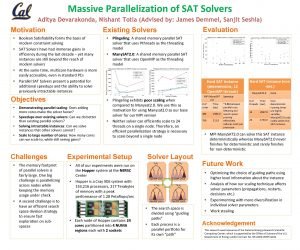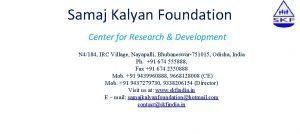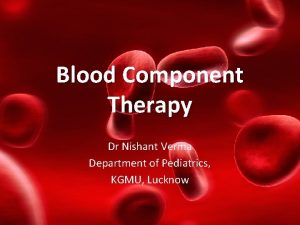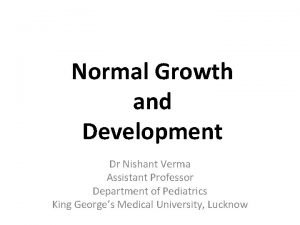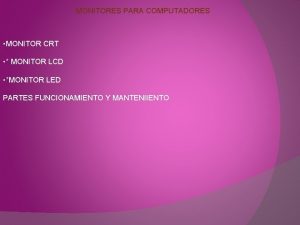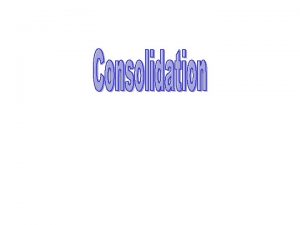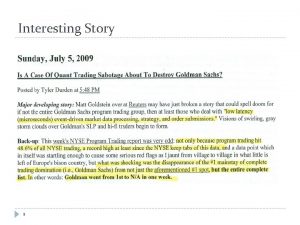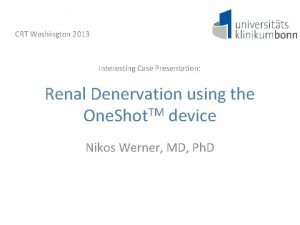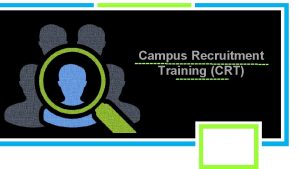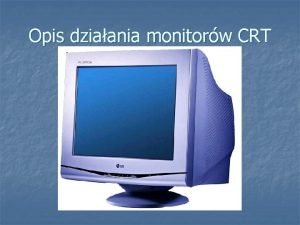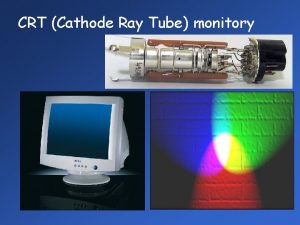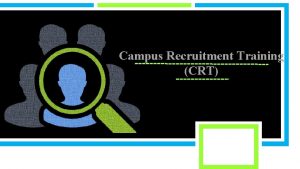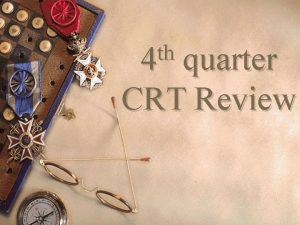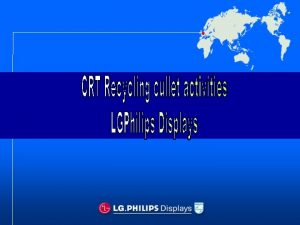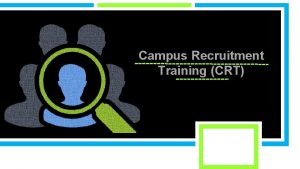Interesting Cases CRT 2013 Nishant Gupta MD PDCC














- Slides: 14

Interesting Cases CRT 2013 Nishant Gupta MD PDCC, Rachel F. Oser MD UAB at Birmingham, Alabama

Clinical Scenario • • 5 -yr-old boy H/o Tuberous sclerosis Low IQ, Cutaneous features of TS Incidentally detected bilateral renal Angiomyolipoma (AML) • Left sided- 5. 3 cm X 4. 4 cm X 3. 2 cm (Long. X AP X Lat. ) • Right sided- 1. 0 cm X 0. 9 cm X 0. 4 cm (Long. X AP X Lat. )

Imaging Left Renal AML Coronal Axial

What to Do Next? • Nothing • Medical management • Surgery • Local percutaneous treatment • Endovascular Management- TOC

Pre-Procedure Details • BMP • Renal function tests • CBC • Coagulation profile • • PT PTT INR Platelet count

Cincinnati Protocol Reduction of Post-Angiomyolipoma-Embolization-Syndrome (PES) Pre-embolization For reduction of Post. Angiomyolipomaembolization syndrome • Prophylactic first-generation cephalosporin • Intravenous dose of 250 mg/m 2 of methylprednisolone (maximum dose, 260 mg) Post-embolization • 4 doses of antibiotics, with subsequent oral dosing • POD-1: 2 mg/kg of prednisone in 3 divided doses per day for 2 days, with a maximum dose of 60 mg/d • Every 2 days, the dose was tapered to finish approximately 14 days after embolization • For the first day after embolization, patients also were administered acetaminophen every 6 hours orally if needed Bissler et al. Am J of Kid Dis. Vol. 30, 2002; pg 966 -71

Procedural Details • • General Anesthesia Femoral Route, Seldinger’s Technique Dilute contrast media with saline (50: 50 dilution) Aortogram Selective renal angiograms Micro catheter (2. 4 Fr) and Glidewire (0. 018“) Embolization Particles (Embozene. TM) • 250 -350 microns

Procedural Details

- Post embolization

Follow-up • Pain • VAS • Fever During and after 2 week course of steroids • > 100. 5 F • Serum creatinine levels • Before • 1 month after embolization • Follow-up imaging (CT/MR) after 3 months

Follow-up

Discussion • Tuberous Sclerosis Complex (TSC)- Autosomal Dominant inherited disease • 75% patients with TSC develop renal AML • Distort and damage renal parenchyma • Can lead to hemorrhage (microaneurysms & macroaneurysms as well as dysplastic arteries) • Renal failure • Long term complication • Leading cause of death in adults Ou YC et al. Chung Hua I Hsueh Tsa Chih (Taipei) 48: 217 -223, 1991 Hartmut PH et al. Semin Pediat r Neurol 5: 269 -275, 1999 Clarke A et al. Nephrol Dial Transplant 14: 988 -991, 1999

Renal Angiomyolipoma • Indication of embolization • Prophylactic embolization of AML with size >4 cm • Acute hemorrhage even with smaller AML • PES • Symptoms similar to PES of any other organ • Frequently seen (60 -70% cases) • Significant reduction using Cincinnati Protocol • Increased Patient tolerance • More acceptance • Reproducible results

Thank you
 Interesting more interesting the most interesting
Interesting more interesting the most interesting Pdcc iris
Pdcc iris Philippine disaster risk reduction and management system
Philippine disaster risk reduction and management system Criminal cases vs civil cases
Criminal cases vs civil cases Dr nishant sinha pulmonologist
Dr nishant sinha pulmonologist Aditya devarakonda
Aditya devarakonda Samaj kalyan foundation
Samaj kalyan foundation Dr nishant verma kgmu
Dr nishant verma kgmu Nishant verma md
Nishant verma md 2 finger pincer grasp
2 finger pincer grasp Owl literary criticism
Owl literary criticism Critical race theory curriculum examples
Critical race theory curriculum examples Crt display technology
Crt display technology Albans test is an example of
Albans test is an example of Mantenimiento monitor crt
Mantenimiento monitor crt





